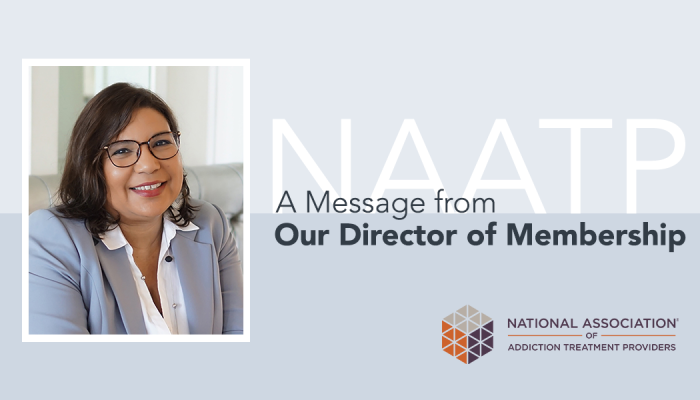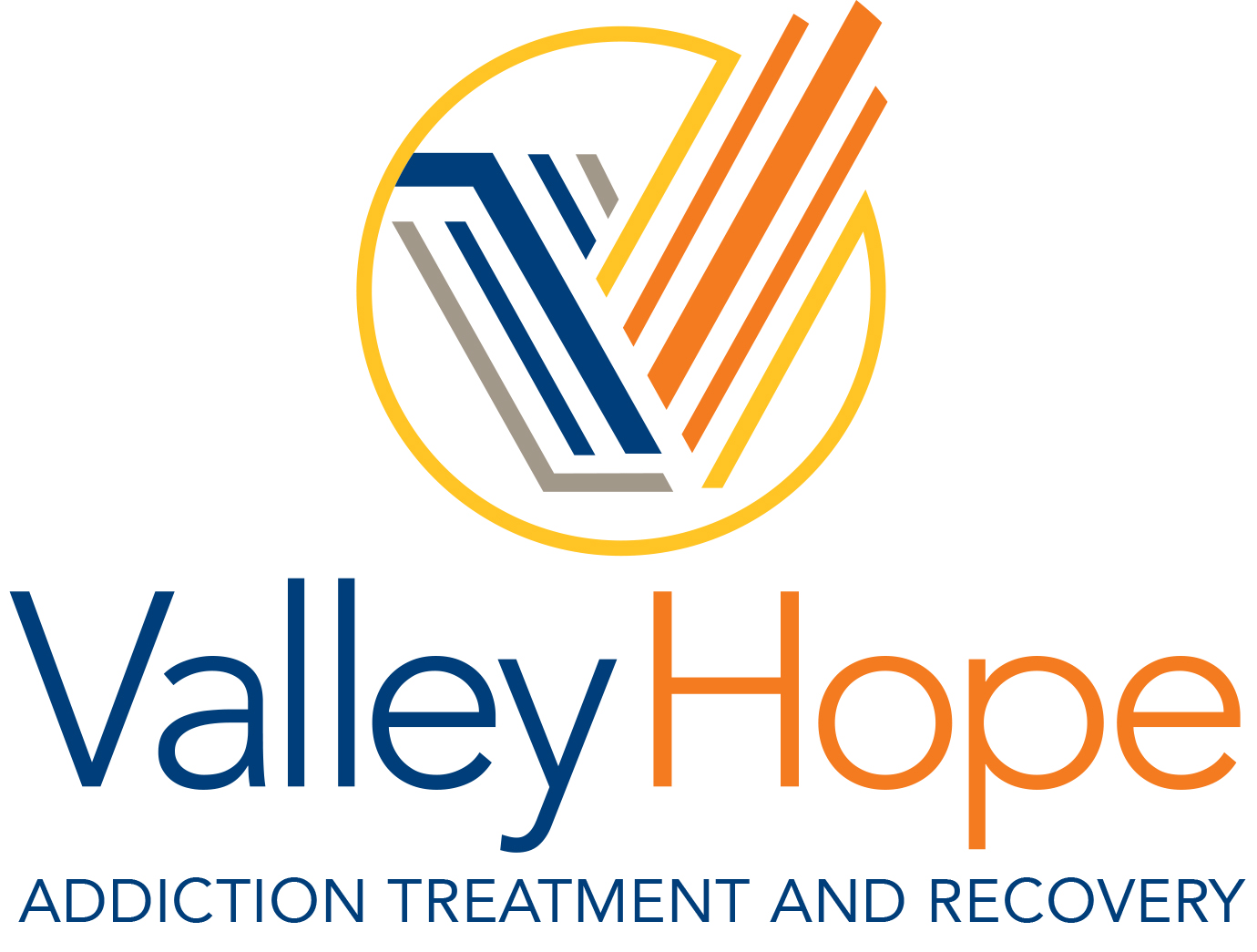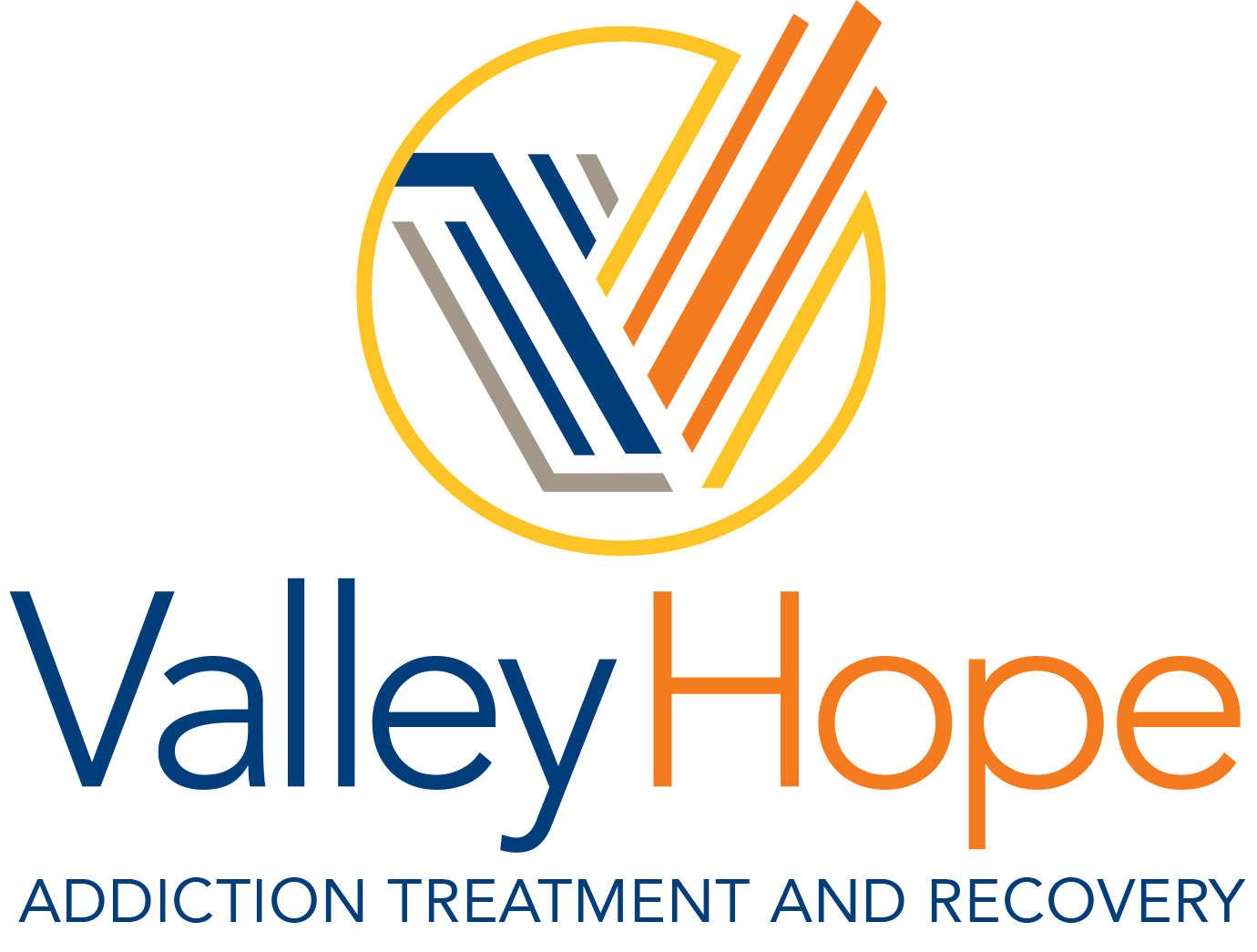Eye Movement Desensitization and Reprocessing (EMDR) therapy is an increasingly visible, but often misunderstood and mischaracterized, treatment approach. The first peer-reviewed publication describing its efficacy (in the form of a precursor to ‘modern’ EMDR) came out in 1989. EMDR is now one of the most researched—and controversial—treatments for trauma. During this presentation, we will look at three different dimensions of EMDR: theory, practice, and research.
In the theory portion of the presentation, participants will be introduced to both the basic hypotheses and clinical implications of the Adaptive Information Processing (AIP) model, which undergirds and helps explain the effects of EMDR therapy. The following discussion of practice will offer a description of the ‘standard protocol’ format, which is the most studied, and includes eight treatment phases across three temporal prongs (past – present - future). We will conclude with an overview of research that has supported the efficacy of EMDR therapy, and will touch on both the hypothesized mechanisms of action and the effectiveness of the treatment itself in controlled studies.
Following this presentation, attendees will have the ability to:
- Describe at least two basic hypotheses of the Adaptive Information Processing model
- Briefly describe EMDR therapy, and name the eight phases of EMDR therapy Standard Protocol
- Name at least one hypothesized mechanism of action in EMDR therapy/bilateral dual-attention stimulus
- Briefly summarize overall results of 8 randomized controlled trials comparing EMDR to CBT/prolonged exposure to treat PTSD
D. Michael Coy, MA, LICSW, (he/they) is a clinical social worker and maintains a private practice in Bremerton, Washington, USA, where he serves transitional-age youth, adults, and older adults. Psychodynamically grounded, Michael integrates EMDR therapy, clinical hypnosis, Ego State Therapy, Sensorimotor Psychotherapy, and Deep Brain Reorienting in the treatment of persons struggling with complex trauma histories and dissociative symptoms.
Michael is an EMDR Certified Approved Consultant and Trainer through the EMDR International Association, served on EMDRIA’s Standards & Training committee from 2014 to 2017, and currently serves on EMDRIA’s Training Council. Michael has served on the International Society for the Study of Trauma and Dissociation (ISSTD) Board of Directors since 2017, and has served as Treasurer since 2018. From 2017-2020, Michael co-chaired ISSTD’s EMDR Therapy Training Task Group, which created ISSTD’s EMDR therapy ‘basic’ training. He now co-chairs ISSTD’s EMDR Therapy Training Committee and co-teaches the training.





















